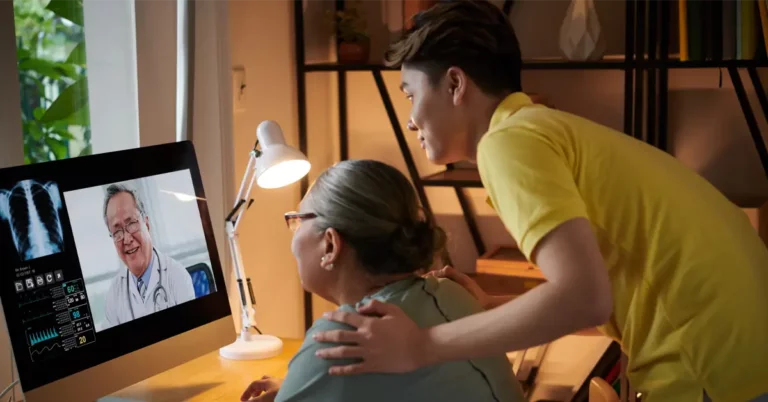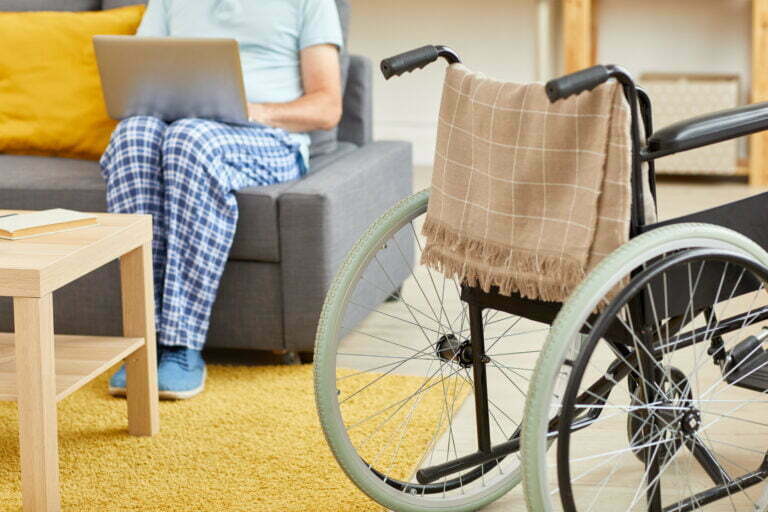In late November 2020, Centers for Medicare & Medicaid Services (CMS) launched Acute Hospital Care at Home program, a new program aiming to help U.S. hospitals manage the increasing number of patients as the COVID-19 pandemic worsens.
Program Overview
The Acute Hospital Care at Home program builds off of CMS’ Hospitals Without Walls program which was launched in March 2020, promoting care provision in locations outside hospitals. The new program expands the access of hospital-at-home care across the country by giving eligible hospitals further regulatory flexibility to treat eligible patients in their homes, through telehealth and remote monitoring.
“We’re at a new level of crisis response with COVID-19 and CMS is leveraging the latest innovations and technology to help health care systems that are facing significant challenges to increase their capacity to make sure patients get the care they need,” CMS Administrator Seema Verma said in a press release. “With new areas across the country experiencing significant challenges to the capacity of their health care systems, our job is to make sure that CMS regulations are not standing in the way of patient care for COVID-19 and beyond.”
The new program helps eligible hospitals reduce inpatient volume by treating certain acute care patients at home through a telehealth platform. CMS believes that the new program will build on the expansion of telehealth as it focuses on offering care for non-COVID-19 patients—allowing hospitals to focus on the recent surge in patients.
Through this program, Medicare beneficiaries can receive home-based care for more than 60 acute medical conditions including asthma, congestive heart failure, pneumonia and chronic obstructive pulmonary disease (COPD).
RELATED ARTICLE: DrKumo Announces the Next-Gen RPM Connected Health Technology Solutions to Power Acute Hospital Care at Home Program
Program Requirements
There are several requirements that a hospital must meet in order to participate in the program. These include:
- Having appropriate screening protocols in place before care at home begins to assess both medical and non-medical factors
- Having a physician or advanced practice provider evaluate each patient daily either in-person or remotely
- Having a registered nurse evaluate each patient once daily either in-person or remotely
- Having two in-person visits daily by either registered nurses or mobile integrated health paramedics based on the patient’s nursing plan and hospital policies
- Having the capability of immediate, on-demand remote audio connection with an Acute Hospital Care at Home team member who can immediately connect either an RN or MD to the patient
- Having the ability to respond to a decompensating patient within 30 minutes
- Tracking several patient safety metrics with weekly or monthly reporting, depending on the hospital’s prior experience level
- Establishing a local safety committee to review patient safety data
- Using an accepted patient leveling process to ensure that only patients requiring an acute level of care are treated
- Providing or contracting for other services required during an inpatient hospitalization
It is important to note that patients will only be admitted to the program from emergency departments and inpatient hospital beds, and an in-person physician evaluation is required prior to starting services at home.
As of March 3, 2021, the U.S. Centers for Medicare & Medicaid Services (CMS) has approved 48 systems, 109 hospitals in 29 states.








